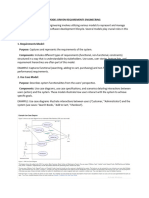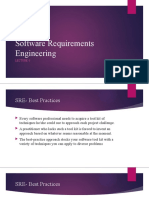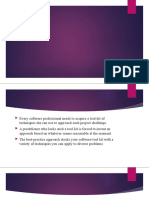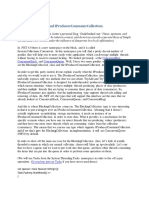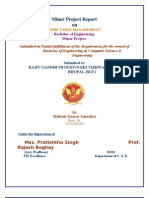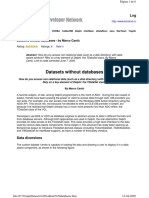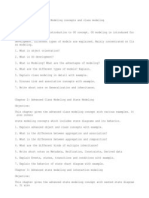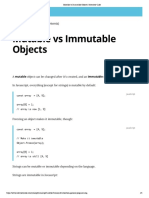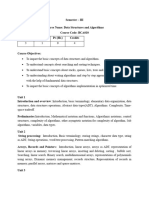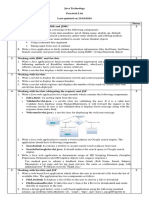0% found this document useful (0 votes)
15 views11 pagesSoftware Engineering
The document outlines key principles for developing use cases, emphasizing clarity, relevance, and modularity. It discusses requirements engineering, including stakeholder identification and requirement elicitation techniques, and explains UML models such as use case, class, and sequence diagrams. Additionally, it covers software engineering design concepts, models, and processes, highlighting abstraction, modularity, and the importance of requirement analysis.
Uploaded by
duddulapranathiCopyright
© © All Rights Reserved
We take content rights seriously. If you suspect this is your content, claim it here.
Available Formats
Download as PDF, TXT or read online on Scribd
0% found this document useful (0 votes)
15 views11 pagesSoftware Engineering
The document outlines key principles for developing use cases, emphasizing clarity, relevance, and modularity. It discusses requirements engineering, including stakeholder identification and requirement elicitation techniques, and explains UML models such as use case, class, and sequence diagrams. Additionally, it covers software engineering design concepts, models, and processes, highlighting abstraction, modularity, and the importance of requirement analysis.
Uploaded by
duddulapranathiCopyright
© © All Rights Reserved
We take content rights seriously. If you suspect this is your content, claim it here.
Available Formats
Download as PDF, TXT or read online on Scribd
/ 11









